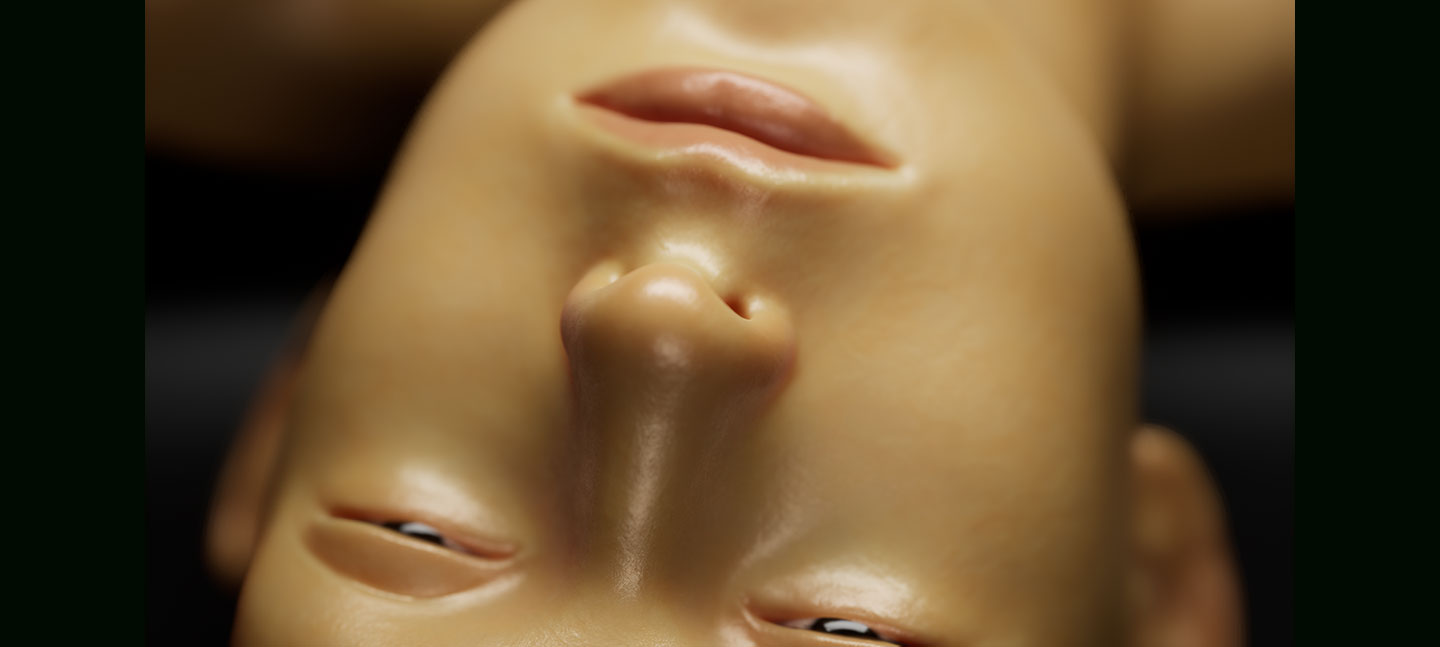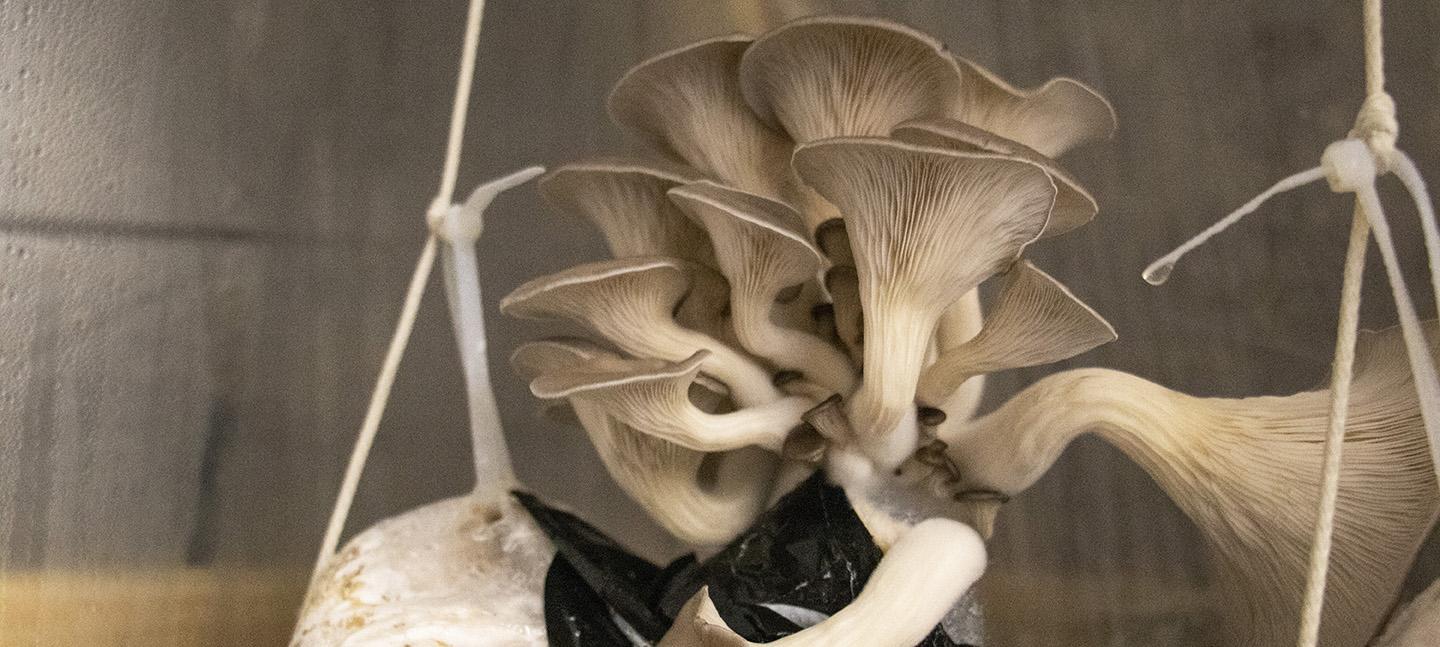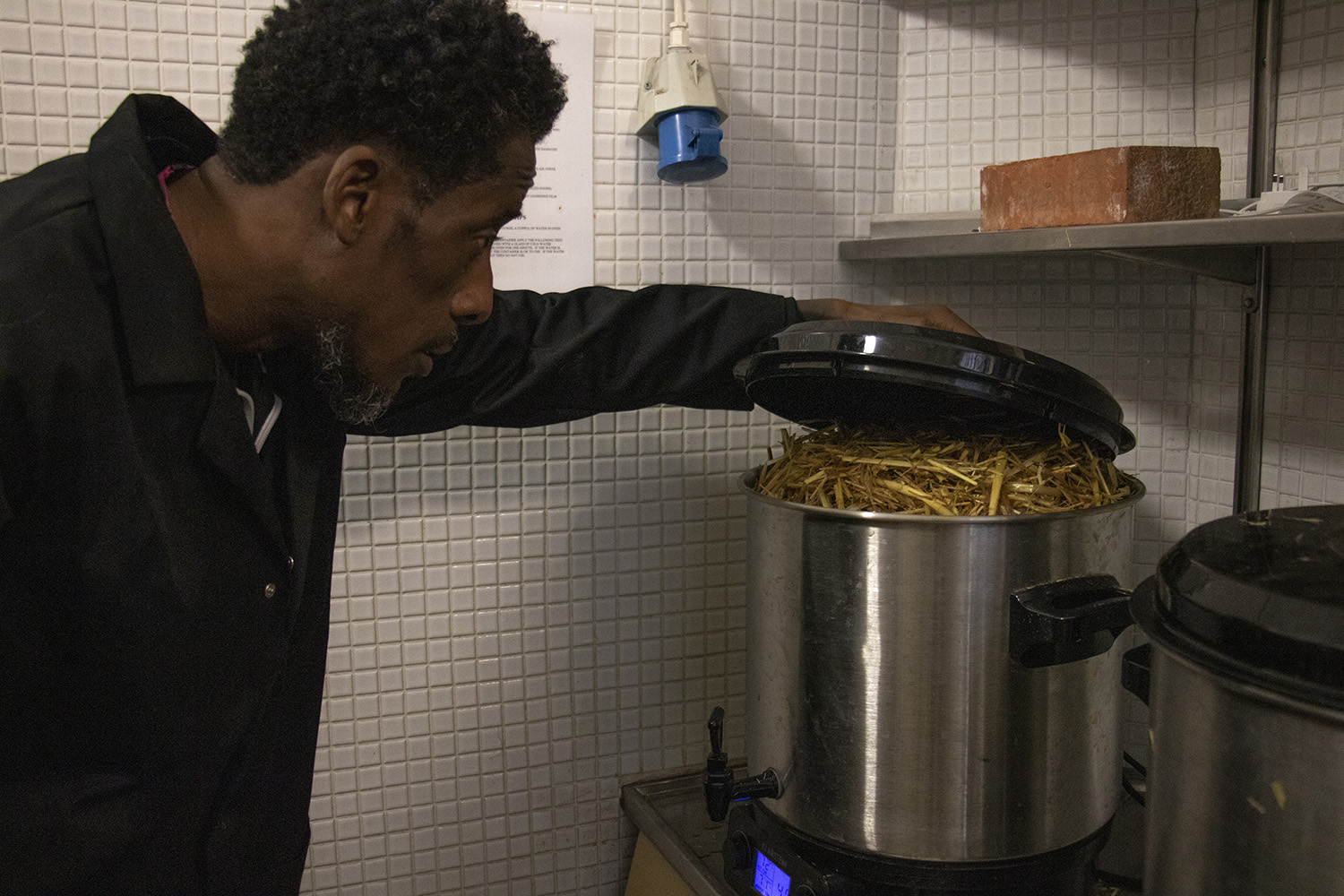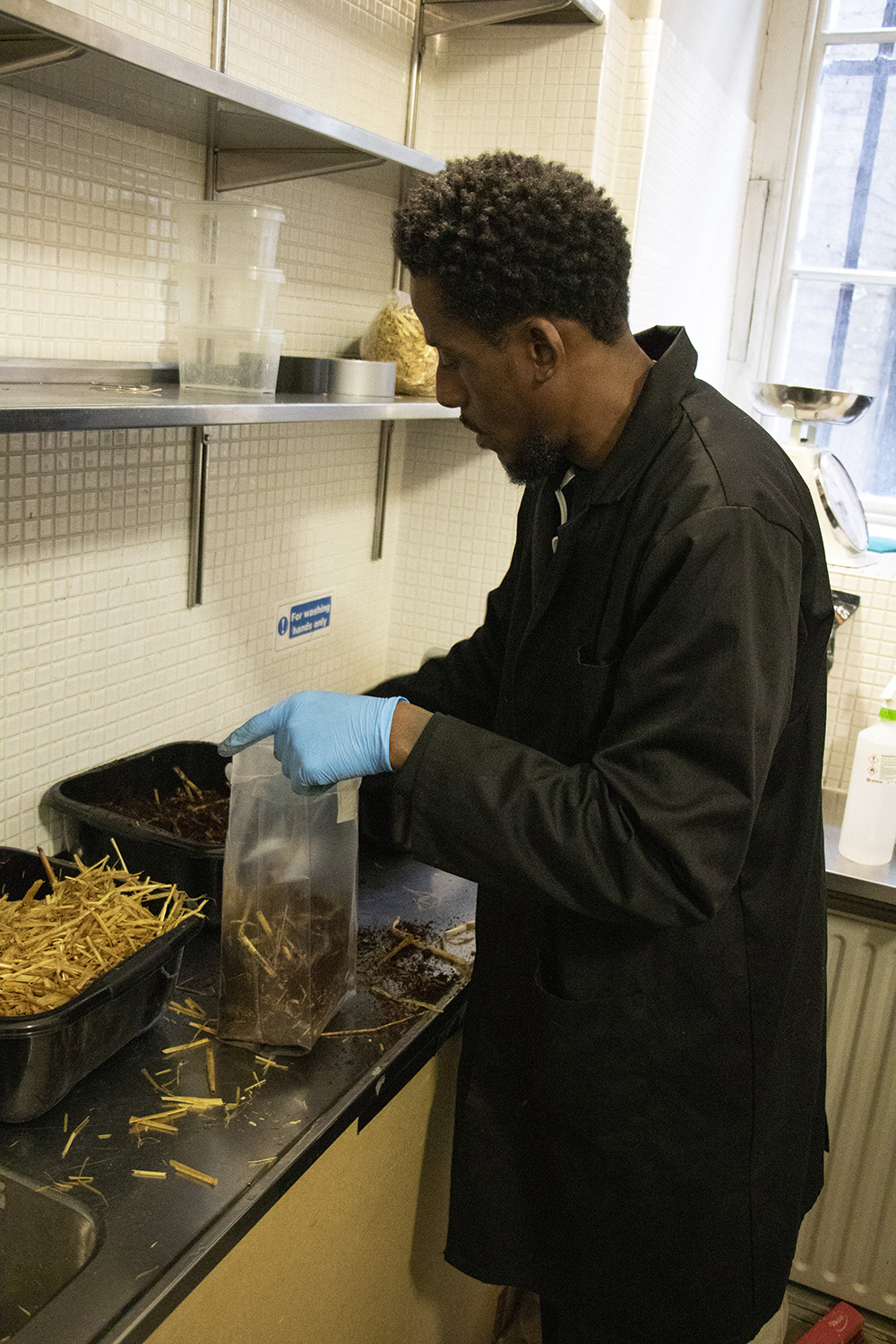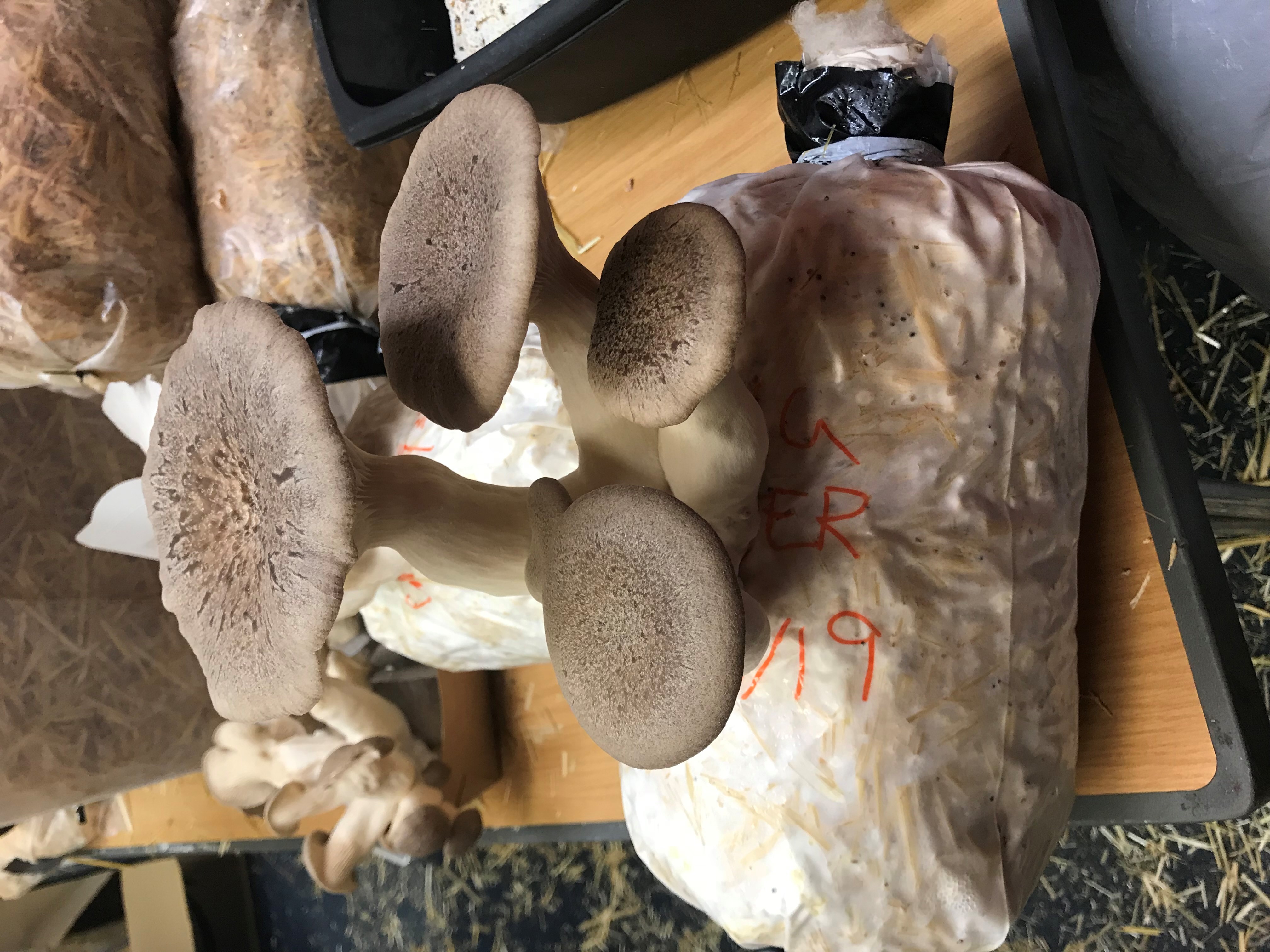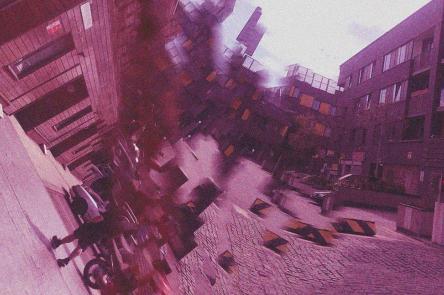
Join Somerset House mycologist in residence Darren Springer for a step-by-step guide to starting your own mushroom farm at home.
This family-friendly blog will encourage you to get hands-on with the kingdom of fungi, offering step-by-step instructions on how to grow your own fledgling fungi to nurture and cook with at home. Suitable for all ages, Darren Springer invites you to celebrate the power of mushrooms and discover the integral role they play in the world's eco-system.
Part of Edible Utopia.
Kindly supported by City Bridge Trust.



